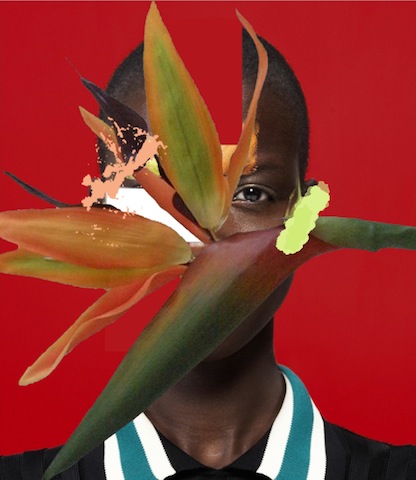Arte e tecnologia: uma perspectiva sobre o cenário africano
Published30 Oct 2014

Nkiruka Oparah, Nkyroh x Maria Karas remix’s, 2014 (courtesy of the artist)
Dia 31 de Outubro e 1 de Novembro a conferência "Espaços Incertos: Configurações Virtuais nos Museus e na Arte Contemporânea" reúne investigadores, artistas e curadores para debater as diferentes formas como a arte contemporânea e os museus se reconfiguram em contextos virtuais.
Neste artigo do site Contemporary and, Basia Lewandowska Cummings, editora, escritora e curadora dá uma perspectiva sobre a relação entre arte e tecnologia no continente africano, identificando artistas, plataformas, grupos e tendências.
In her 1992 review of the inaugural Dak’Art Biennale in Senegal, the curator Clémentine Deliss wrote of the challenges facing contemporary artists and organizations working in Africa: “How to bring the creative curve back to Africa and install in the work, in all its heterogeneity, a significance akin to the earlier status of ‘traditional’ art, but clearly for the present and without the habitual projection of nostalgia, is a text woven into the material of contemporary African art.” This tension between contemporary art practice and more traditional modes, both treated with the same seriousness and cultural value, is something the African Fabbers project, across events in Marrakech and Dakar, has taken seriously.
With an emphasis on collectivity, the African Fabbers “activate a… process that enables a reconsideration of the relationship between new technology and traditional culture through laboratory practice.” Open-source hardware, innovative and responsive technology, and sustainable methods work alongside traditional, artisanal techniques. At the Marrakech Biennial, the project focused on a two-part workshop open to local artists, artisans, and makers that taught self-construction using 3D printing in clay, open-source technology, and the making of home-made, low-cost 3D printers.
Do artigo Digital Computation
